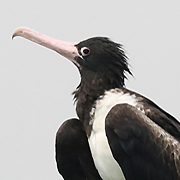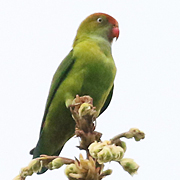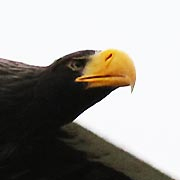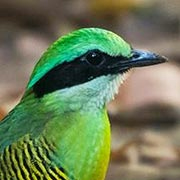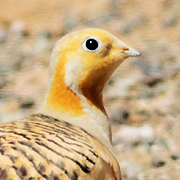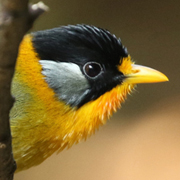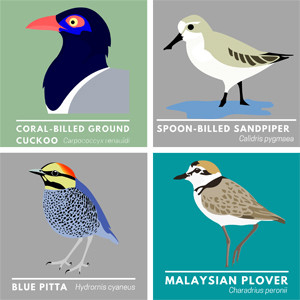
I recently returned from leading an enjoyable and bird-filled tour to Southeast China where we were able to observe many of Asia’s rarest migratory waterbirds. Our trip consisted of three distinct sections, the first of which took us to coastal wetlands and farmland to the north and Southeast of our starting point, Shanghai, where we visited sites near Dongtai, Yangchen and Nahui finding a wide variety of species that included migratory Buntings, Wildfowl, Gulls, Shorebirds and plenty of interesting passerines both migratory and resident.
The undoubted highlight on this part of our trip were the flocks of Red-crowned Cranes that were seen at increasingly close quarters during our stay although the supporting cast of Oriental Stork, Chinese Grey Shrike, Relict Gull, Japanese Reed Bunting, Baikal Teal, Reed Parrotbill, Hooded Crane, Saunders’s Gull, Chinese Penduline Tit, Pallas’s Reed Bunting, Marsh Grassbird, Yellow-bellied Tit and Silver-throated Bushtit were extremely exciting too.
We began our birding a few hours north of Shanghai where we opened our account with good numbers of Black-faced Buntings (ssp sordida), beautiful Yellow-throated Buntings and also plenty of Rustic Buntings with the one above posing nicely in the afternoon sunlight. With many species of Bunting doing poorly across their ranges it was nice to see plenty of these birds and we enjoyed getting to grips with the various plumages and trying to find some rarer species but only coming up with a few Little Buntings to add.
It was here that we came across our first Daurian Redstarts too, a bird that we ended up seeing on every day of the trip; a nice one to have as a common bird! Other widespread species here included Vinous-throated Parrotbill, Azure-winged Magpie, Oriental Magpie and the ubiquitous Chinese (Light-vented) Bulbul.
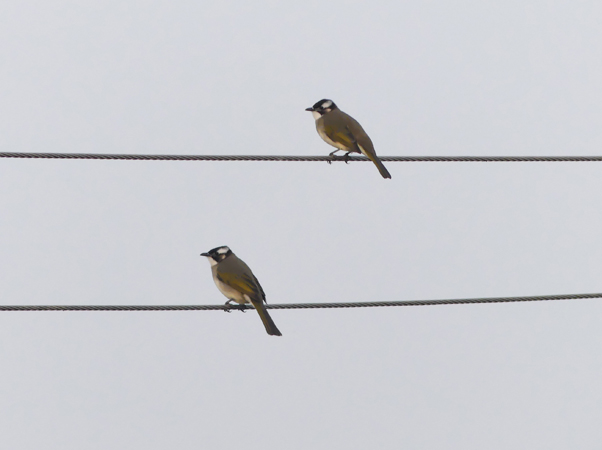
Chinese (Light-vented) Bulbuls
These first few days of our trip provided us with a lot of birds quite quickly, which is always a nice way to start a tour, but also some really good birds and the first of these for us was a small party of Silver-throated Bushtit, a split from Long-tailed Tit, but different enough to be convincing as a full species.
We were expecting to experience very cold temperatures indeed but throughout the tour we enjoyed incredibly unseasonal temperatures and the sunshine on many days was actually rather hot but the light provided was much appreciated for getting shots of birds like this Chinese Penduline Tit.
Another recent split we took a longer look at than we otherwise would have done had it remained lumped was Oriental Magpie. Taking a good, long look at this “species” left us rather unconvinced about the argument but as all the major checklists seem to have gone with the split we went with the name Oriental Magpie; take a look for yourself.
Huge flocks of Dunlin, Eurasian Curlew, Oystercatcher and Kentish Plover were very impressive and a flock of 31 Dalmatian Pelicans feeding was a nice distraction too. Getting to grips with various plumages of Vega, Mongolian and Hueglin’s Gulls was a struggle at times but a pair of Relict Gulls were much easier to deal with and extremely hoped-for. This species is listed as Vulnerable but is a hard bird to connect with so we were very excited with these, however, a few Saunder’s Gulls were also great and this species was voted the more attractive bird of the two smaller gulls.
One of the key aims of this trip was to see some of Asia’s rarest large waterbirds and while many of them awaited us on another leg of our trip, these first few days north of Shanghai gave us the excitement of our first Black-faced Spoonbill, along with Eurasian Spoonbills as well as our first Oriental Storks which although they were quite far away, their huge size made them easy to see and observe their black bills.
However, it was the Cranes which really provided a draw to this part of China in winter and the area close to Yangchen did not disappoint with our first Red-crowned Cranes emerging from the early morning mist with ever-increasingly satisfying views to follow throughout the day.
The magnificent Red-crowned Cranes were certainly the highlight but large numbers of Common Cranes were great to see too and a few Hooded Cranes gave us some good views too while one confusing individual looked to be a hybrid between Common and Hooded Crane; I have seen a few individuals that are hybrids in South Korea among flocks of Hooded Crane so it was not a huge surprise to encounter one among flocks of Common Cranes in China.
Wildfowl were also a feature of our excursion from Shanghai and in one large flock we found a few stunning Baikal Teal and Falcated Duck as well as Goosander, Smew, Gadwall, Mallard, Common Pochard, Greater Scaup, Northern Pintail, Eurasian Wigeon, Northern Shoveler, Eastern Spot-billed Duck, Tufted Duck and Common Teal. Although it was a challenge to get close to these birds which are widely hunted in East Asia over the course of a few hours it was enjoyable to edge closer and closer to them, getting better and better views of them as the sun swung behind us.
One of the features in this reason was the variety of habitats. Mudflats, coastal pools, farmland, fish ponds, wooded areas, hedgerows and reed beds provided us with lots of different species and it was in this latter habitat that we found some really good birds including Pallas’s Reed Bunting, Japanese Reed Bunting, some incredibly curious Marsh Grassbirds and one of my favourites in this part of the world – Reed Parrotbill. This giant parrotbill is really colourful and can be quite confiding, giving us really good views, in fact much better than the photo below indicates; it was a case of watching the bird first, then taking its photo and I only got this obscured shot although it gives a good idea of the habits of this species.
One of the last sites we visited before taking a flight from Shanghai to another part of China was a quiet wooded park a little east of the city. Here we got great views of lots of migrant species including Buff-bellied Pipit, Red-throated Pipit, Dusky Thrush, Red-flanked Bluetail, Pale Thrush, Eastern Yellow Wagtail (ssp taivana), Olive-backed Pipit and Eyebrowed Thrush for a few of us. However, it was a party of the very range-restricted Yellow-bellied Tits that really thrilled us and presented us with a good opportunity to photograph them.
With so many good birds packed into 5 days it says a lot about the value of quality observations that a Pallas’s Leaf Warbler was one of the most memorable and appreciated birds. We saw plenty of this species along the way but one particular individual performed for us incredibly well, feeding at waist level in some small bushes for many minutes, even dozing off in front of us at one point in the warm sunshine.
The first five days of our SE China Winter tour were really rewarding but we were also looking forward to species that would include Siberian Crane, Swan Goose, Spoon-billed Sandpiper, Cabot’s Tragopan, Spotted Elachura and Elliott’s Pheasant later in the trip.


 December 13th, 2018
December 13th, 2018  Nick
Nick 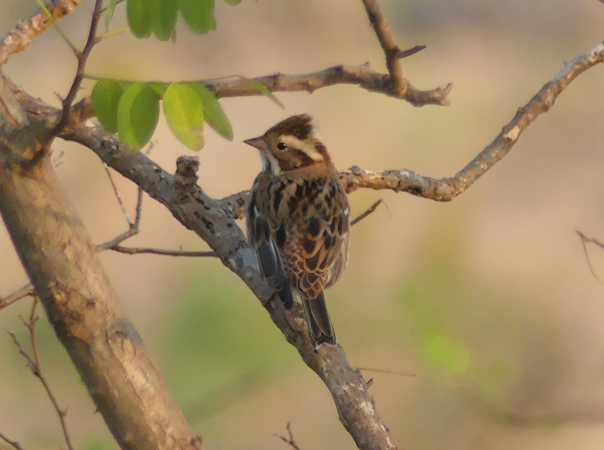
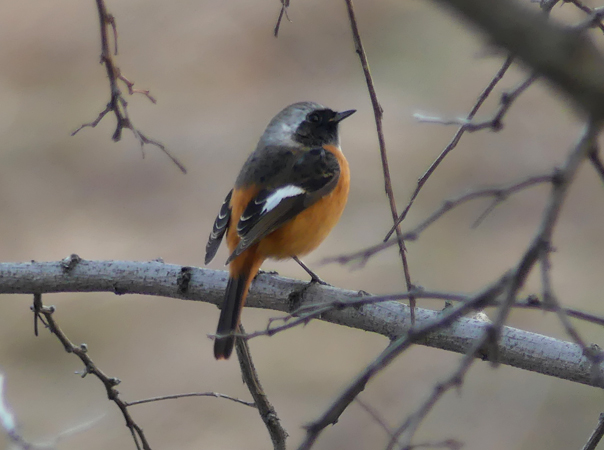
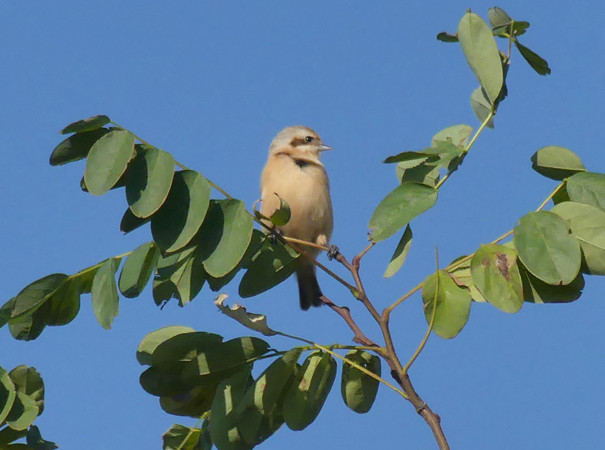
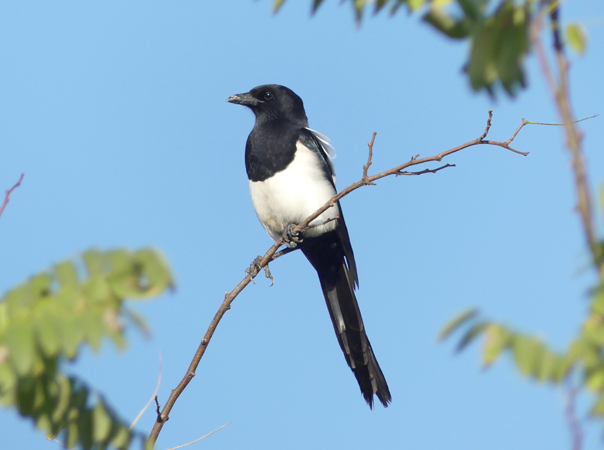
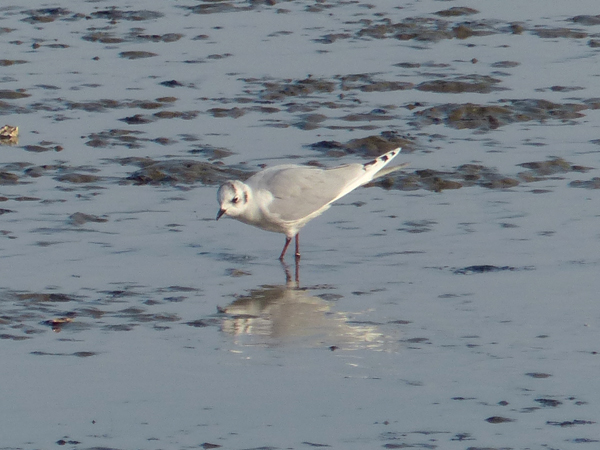
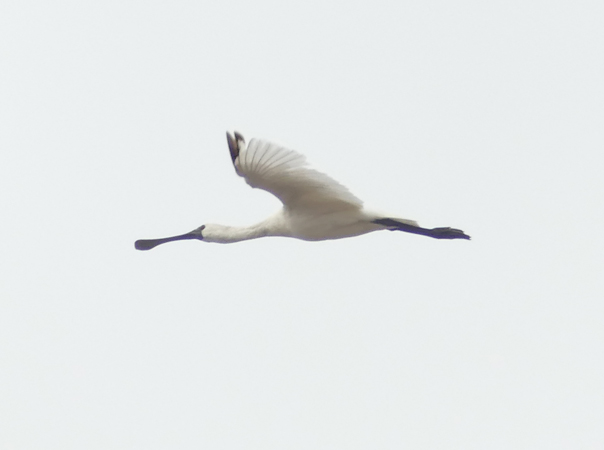

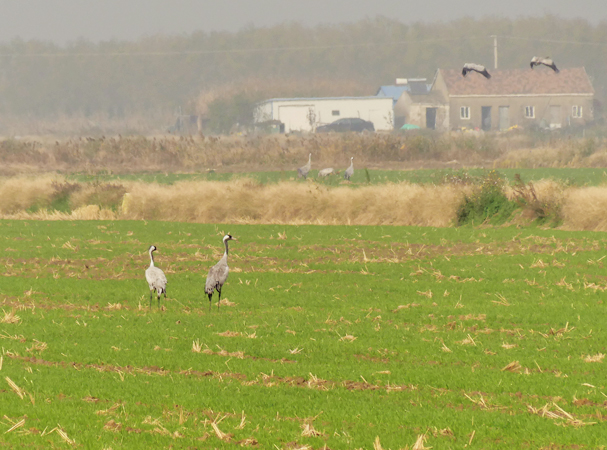
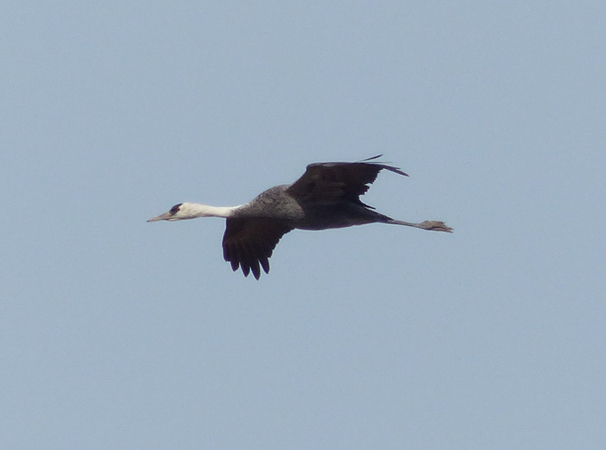

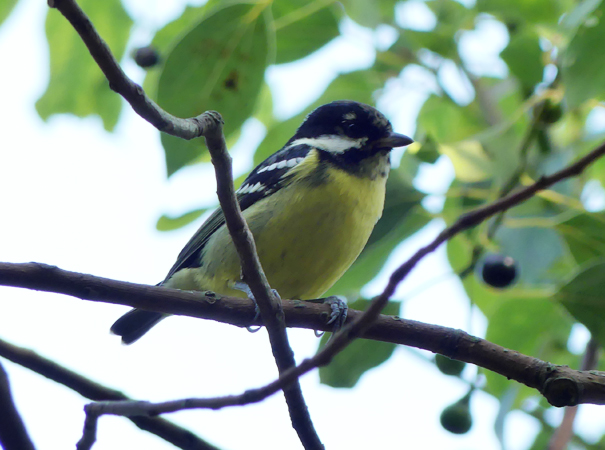
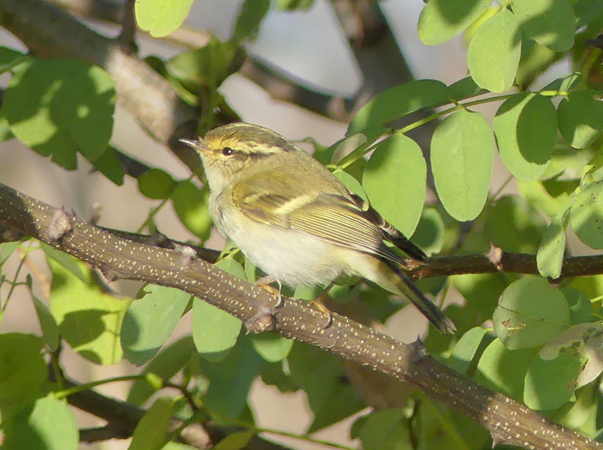
 Posted in
Posted in  Tags:
Tags: 
